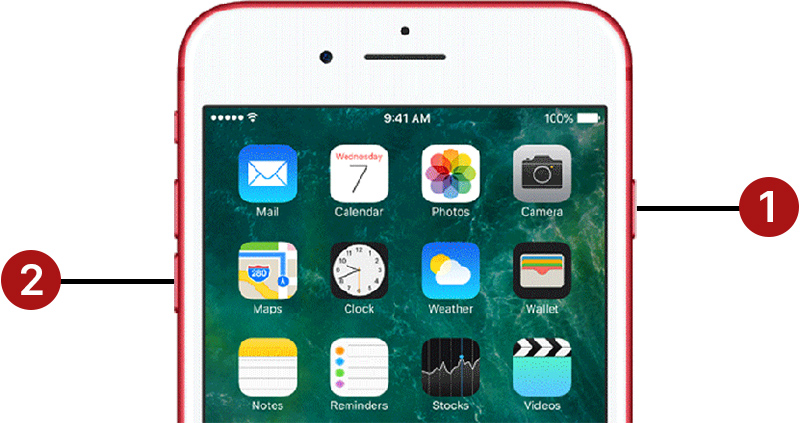
- #How to restart a mac to factory condition mac os#
- #How to restart a mac to factory condition full#
- #How to restart a mac to factory condition password#
- #How to restart a mac to factory condition download#
- #How to restart a mac to factory condition mac#
If you already use Time Machine to store backups, you can also use it to restore MacOS. Confirm that you want to reinstall the operating system, which installs the latest version. Step 2: Select Reinstall MacOS on the list. This will open the MacOS Utilities window in MacOS Recovery. Immediately after turning on your computer, hold down the Command + R keys, then release the keys when you see the Apple logo.
#How to restart a mac to factory condition mac#
Step 1: Shut down your Mac and restart it as you normally would. As always, make sure to back up any data and documents that you want to keep. Nevertheless, if you move forward with this method, follow the steps below. However, this process may leave behind data that would be relatively easy to recover - meaning this method isn’t a good idea if you’re selling or giving away your Mac. This option is useful if you have corrupted data, malware you can’t isolate, or problems stemming from a faulty update.
#How to restart a mac to factory condition full#
It’s the “lite” version of a full wipe since you don’t need to erase the disk if you just want a clean, fresh install. If wiping your MacBook isn’t ideal, you can fully reinstall MacOS without erasing any data. This will turn off your Mac and leave the setup assistant waiting for the new owner. Instead, hold down the Command + Q keys to close the setup assistant, then click Shut Down. If you’re selling or giving away your Mac, leave the setup assistant untouched. Instead, you’ll need the original MacOS installation disc that came with your computer.Īlso, when you reinstall MacOS, a setup assistant asks you basic questions regarding your region and so on. However, if you’re working with Snow Leopard (10.6) or older, you can’t reinstall these settings from the web.
#How to restart a mac to factory condition download#
This shouldn’t be an issue for modern devices, all of which are designed to download factory settings from the web. Note: This download solution only works with newer versions of MacOS. Since Apple stores your Mac’s factory settings on its servers, your computer requires an internet connection so it can retrieve new, off-the-assembly-line settings.
#How to restart a mac to factory condition password#
You may need to click through a few confirmations and enter your password before moving forward. Click the Reinstall MacOS option on the MacOS Utilities list and click Continue to proceed. With the primary drive erased, you now need to reinstall MacOS. When it’s finished, close Disk Utility to return to the MacOS Utilities window. You may see a prompt for your Apple ID info.įinally, erasing your Mac’s drive could take some time. Disk Utility shows the recommended format by default - stick with that unless you have a specific reason for another format.
#How to restart a mac to factory condition mac os#
Note: For file format, you should choose either APFS or Mac OS Extended (Journaled). Assign a name (or stick with Macintosh HD) and select a format. Step 9: Select your main volume - again, typically it’s Macintosh HD - and then click the Erase button. If you have any other Data drives, delete them too, but leave the regular Macintosh HD drive alone. Make sure you don’t click Delete Volume Group. Step 8: In the resulting window, click Delete to confirm. Alternatively, with the Data drive selected, you can click the Minus button in the Disk Utility toolbar. Step 7: Select the Data drive, click Edit on the menu bar, and then select Delete APFS Volume on the drop-down menu.

If you don’t have a Data drive, don’t worry - just skip ahead to step 9. For instance, if your startup disk is Macintosh HD, you should also see a drive labeled Macintosh HD - Data. Also listed is another drive with the word “Data” appended at the end. Step 6: Your Mac’s startup disk is listed on the left, typically named “Macintosh HD” by default unless you renamed it.


Select Disk Utility on the list and click Continue. The MacOS Utilities pop-up appears on your screen. Step 5: After a few moments, enter your password as prompted. Keep holding them until your Mac shows either an Apple logo, a spinning globe, or another startup screen. Step 4: Once your Mac restarts, press the Command + R keys together. Step 3: Click the Apple logo in the top-left corner and select Restart on the drop-down menu. Apple stores this data remotely on its servers. Erasing your hard drive is simple, but once it’s wiped, you’ll need access to your Mac’s factory settings. Step 2: Make sure your Mac is connected to the internet, preferably through a wired connection. Step 1: For MacBooks, plug in the power adapter so there’s no danger of running out of battery power. Our simple step-by-step guide will help you erase everything on your Mac, reinstall MacOS, and restore your machine to its original factory settings.


 0 kommentar(er)
0 kommentar(er)
